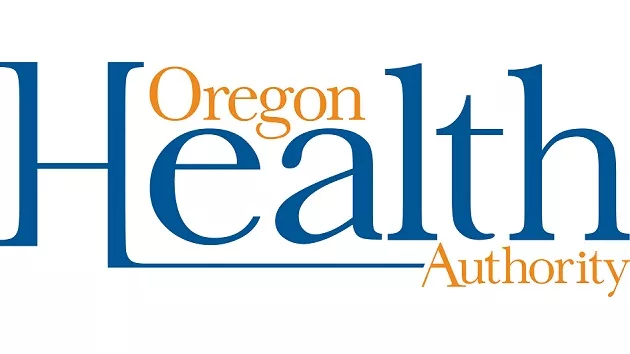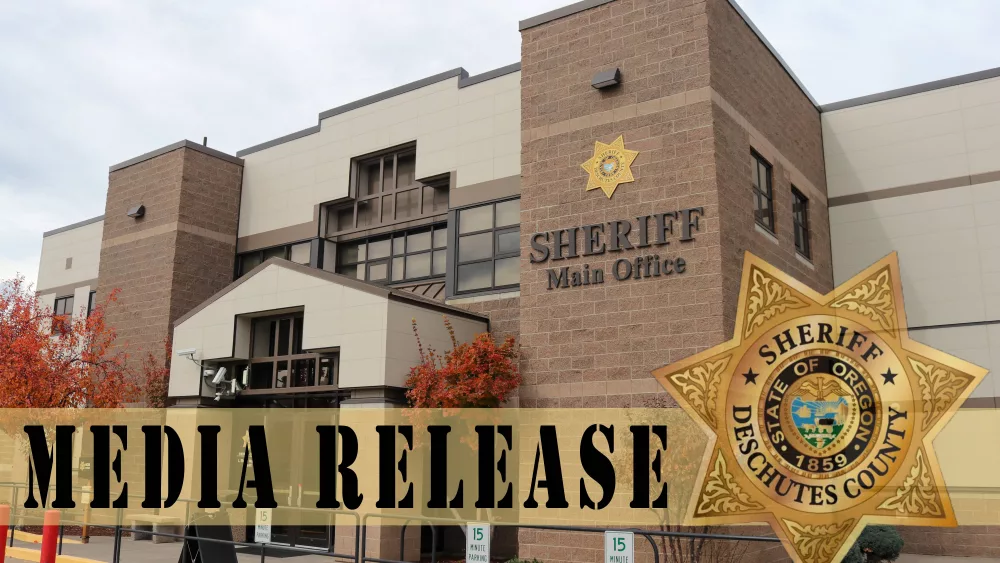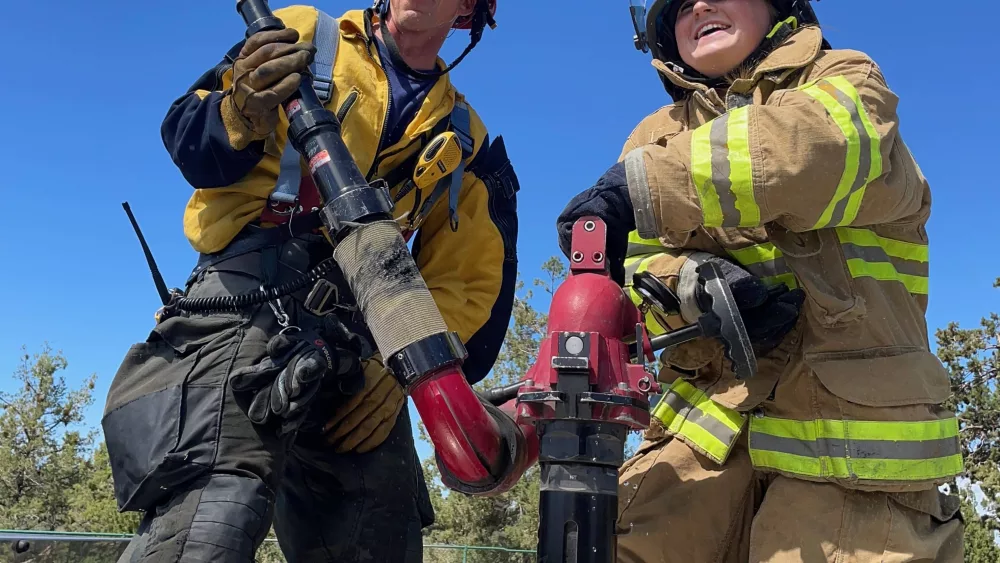Oregon Health Authority (OHA) has released an online, interactive dashboard that will provide ongoing updates on efforts to extend the statewide inventory of behavioral health residential treatment beds, housing units, rental assistance, and other housing assistance.
Oregon aims to increase capacity to 5,061 total housing units, residential treatment beds, and rental assistance in housing capacity for people who are recovering from mental illness or substance use.
The comprehensive and robust dashboard provides details of actual and anticipated investments, broken down by county and by program, along with an estimated occupancy timeline.
“Housing is a vital part of treatment and recovery for people with serious mental health and substance use issues. We need more housing for people in recovery to reduce homelessness. This new dashboard will allow people to see where and how we are spending the dollars we’ve been entrusted to invest in much-needed housing investments throughout Oregon,” said OHA Behavioral Health Director Ebony Clarke.
More than 1,000 new residential and supportive housing units and beds are expected to come available by July 2025, filling a critical need in communities throughout the state, according to OHA estimates.
Once completed, OHA expects the new projects to increase the state’s behavioral health housing capacity by about 20 percent.
The emerging capacity springs from more than $220 million in behavioral health investments made by the 2021 Oregon Legislature. OHA has distributed these funds to housing providers over the past two years to bolster residential treatment capacity throughout the state.
Timelines for behavioral health residential housing projects can typically take years to complete due to logistical considerations. The calculations include development costs such as purchasing real estate, facility renovations, not operating revenues.
OHA is currently conducting a study to determine adult residential mental health and substance use treatment capacity throughout the state, identify gaps and guide future investments.
Preliminary findings and recommendations are expected by the end of the year.





